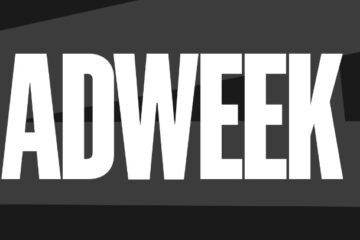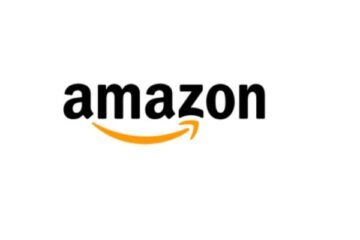Google is one of the leading tech companies that is committed to making its products and services accessible and inclusive for everyone, especially the disability community. But beyond designing accessible features, Google is also using its marketing platform to challenge the stereotypes and stigma around disability and to celebrate the diversity and empowerment of disabled people. In this article, we will explore how Google is advocating for disability innovation marketing to drive cultural change.

What is disability innovation marketing?
Disability innovation marketing is a term coined by KR Liu, Google’s head of brand accessibility, who is a nationally awarded disability advocate and a queer disabled woman. Disability innovation marketing is not just about highlighting accessible products, though that remains crucial. It’s about challenging the underlying cultural lens through which we view disability. It’s about dismantling the “disability narrative” built on tropes of pity and limitation and instead weaving authentic, nuanced stories that celebrate the richness and diversity of the lived experiences of disabled people.
By embedding disability innovation marketing as a foundational practice, brands can begin to highlight how technology isn’t only helping people who need it most but also representing disabled people in their everyday lives. This can help create a more inclusive and equitable society where everyone, regardless of disability, feels seen, valued, and empowered to thrive.
How is Google leading the way in disability innovation marketing?
Google has a long history of making its products and services accessible and useful for everyone, regardless of their abilities. Google’s mission is to organize the world’s information and make it universally accessible and useful, and accessibility has always been core to that mission.
But Google is also aware that being truly accessible is a journey, and it hasn’t always gotten it right. That’s why Google is constantly finding ways to improve and to help other brands improve too. A year ago, Google shared Google.com/All-In, an inclusive marketing toolkit for brands and agencies. The toolkit includes an all-new playbook on accessible marketing, which Google developed in partnership with LaVant Consulting and Disability: IN and has been endorsed by many leading organizations. The playbook has meaningfully guided Google’s marketing in the past year and is the result of years of research and collaboration across many accessibility topics.
Google is also using its marketing platform to showcase the stories of disabled people and how they use Google’s products and services in their daily lives. Some of the examples of Google’s disability innovation marketing campaigns are:
- “A CODA Story,” which showcases the multigenerational journey of Tony Lee, an Asian American Googler and a child of deaf adults (CODA), aired during the Oscars in 2022. The story highlights how Tony uses Google’s products, such as Live Transcribe and Google Meet, to communicate with his family and colleagues.
- “Javier in Frame,” which tells the story of Javier, a man who is blind, captures important life moments with Google Pixel’s “Guided Frame” feature. The feature uses voice guidance to help users take photos without seeing the screen. The story aired during the Super Bowl in 2024.
- “Lookout,” which introduces a new app that helps people who are blind or have low vision identify objects and text around them using their phone’s camera, The app uses machine learning and computer vision to provide spoken feedback and guidance. The story features Scott, a man who is blind, and how he uses Lookout to navigate his daily life.
Why does disability innovation marketing matter for brands and society?
Disability innovation marketing is not only a moral imperative but also a business opportunity and a social responsibility for brands. According to the World Bank, 1.5 billion people globally identify as disabled, wielding a collective spending power of $8 trillion. Yet, their stories, their desires, and their complexities remain largely absent from the narratives woven by brands.
By ignoring or misrepresenting the disability community, brands are missing out on huge market potential, as well as alienating and excluding a significant segment of society. By embracing and celebrating the disability community, brands can not only tap into a loyal and influential customer base but also contribute to a more inclusive and equitable society where disability is not seen as a barrier but as a source of strength and diversity.
Disability innovation marketing is not a niche or a trend, but a necessity and an opportunity for brands to make a positive impact on the world. As KR Liu says, “We have the power to change the narrative of disability through marketing. We have the power to create a world where everyone, regardless of disability, feels seen, valued, and empowered to thrive.”







